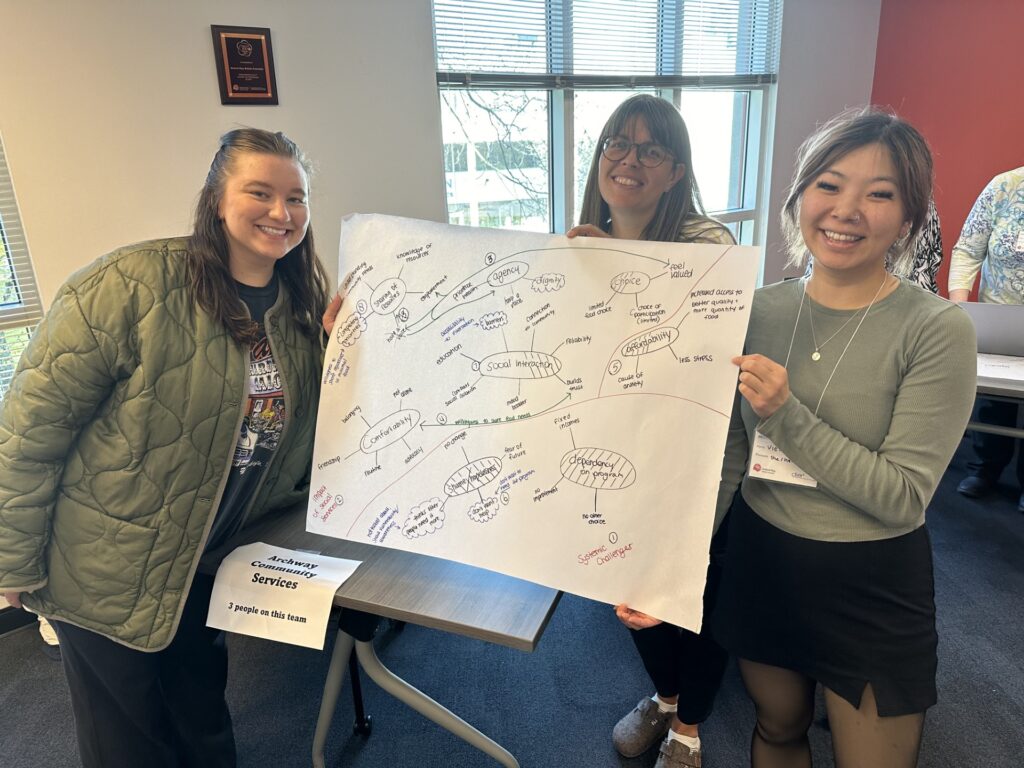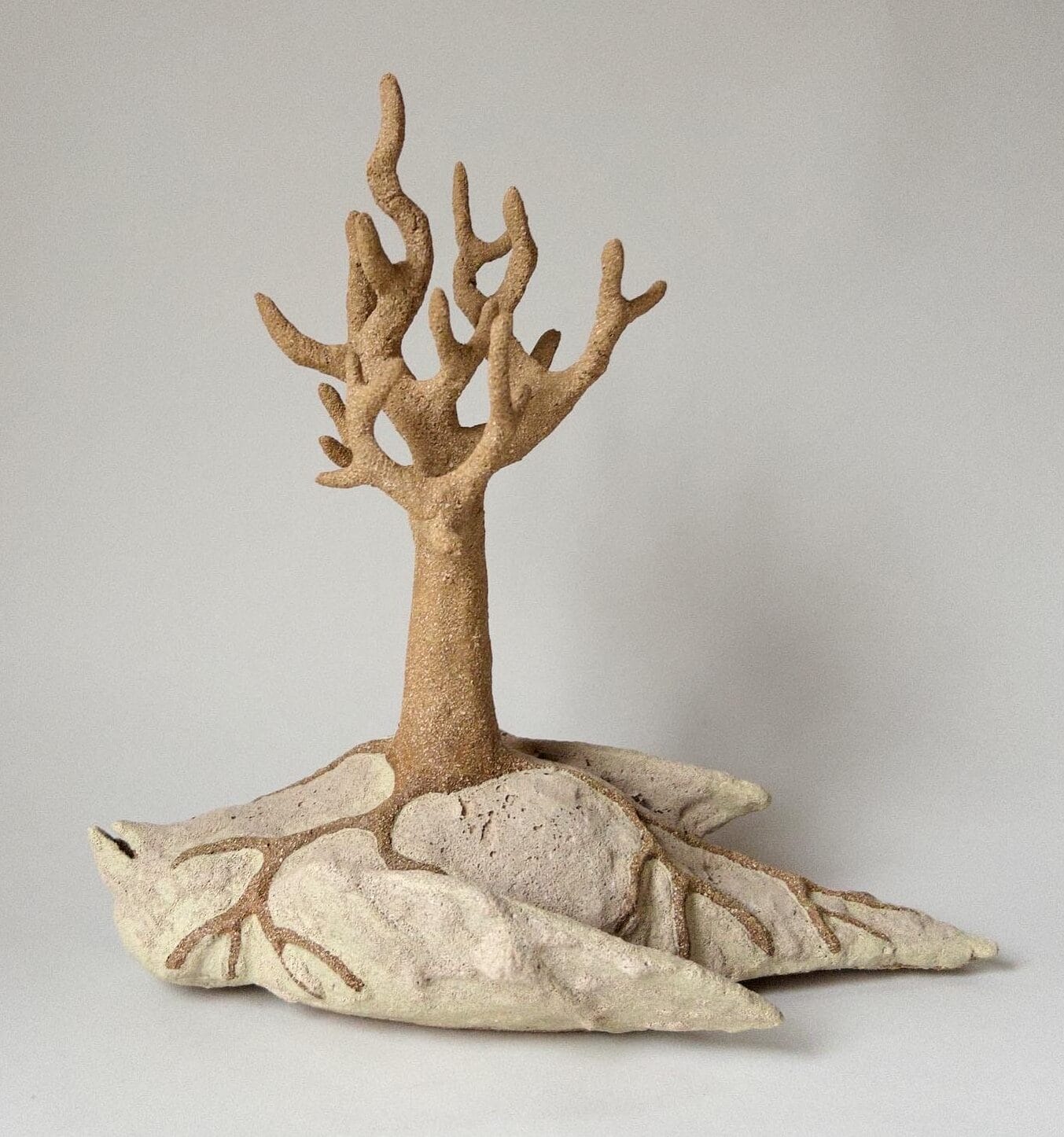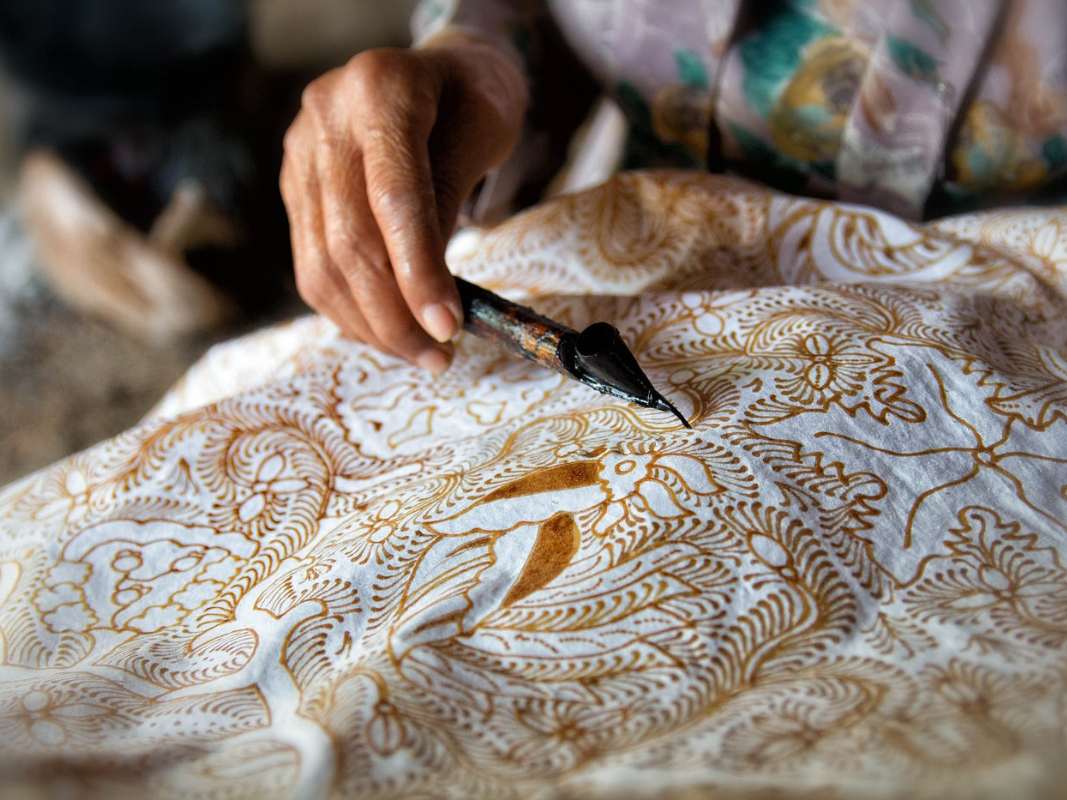The impact of craftsmanship on building communities and social networks

The Importance of Craftsmanship in Community Building
Craftsmanship serves as a catalyst for community well-being and tight-knit social structures. At its core, craftsmanship combines skill, creativity, and passion, resulting not only in unique products but also in uplifting interpersonal connections. When artisans create, they are, in essence, weaving together a narrative that resonates with both personal storytelling and shared experiences within their communities.
- Local economies: By choosing to buy handmade products, consumers actively participate in a cycle that strengthens local economies. This commitment keeps vital resources and talents within the community. For instance, farmers’ markets across the United States often feature handmade goods alongside fresh produce, affirming the interdependence of local agriculture and artisanal work. Such initiatives not only increase revenue for local crafters but also create jobs and partnerships among local businesses.
- Skill-sharing: Workshops act as vibrant hubs of collaboration where artisans pass on their expertise through engaging classes. In cities like Portland, Oregon, workshops range from pottery making to woodworking, allowing budding creators to learn directly from seasoned professionals. This practice not only enhances individual skill sets but also cultivates a communal spirit and enthusiasm for learning.
- Social gatherings: Events like craft fairs and artisan markets offer platforms for craftspeople to display their work, drawing people together and forging lasting connections. These gatherings, such as the renowned Renegade Craft Fair held in various U.S. cities, foster community spirit and encourage local patronage, embodying the idea that supporting artisans strengthens relationships among neighbors.
Through these various engagements, artisans become integral figures within their communities, paving the way for a sense of belonging and pride. Their work often reflects shared values, drawing like-minded individuals who thrive on creativity and innovation.
- Artisan collectives: Collectives, such as Crafts on Cocktails in Brooklyn, provide a supportive environment where artisans collaborate. These collectives often focus on reinforcing the knowledge base and emotional support necessary for artisans to flourish while simultaneously expanding their creative output.
- Mentorship opportunities: More experienced crafters frequently take on mentorship roles, offering guidance and support to newcomers. This symbiotic relationship fosters intergenerational bonds, where knowledge is passed down and innovation thrives.
- Cultural preservation: Craftsmanship is inherently linked to local customs and traditions. For example, Native American artisans often incorporate age-old techniques into their work, ensuring the continuation of cultural heritage and artistry through generations. This aspect not only preserves history but invites new audiences to appreciate and respect it.
As we explore the substantial impact of craftsmanship, it becomes evident that these artisans contribute significantly to the vibrancy and cohesiveness of community life. By engaging in the arts, supporting local economies, and facilitating connections among individuals, craftsmanship transcends mere skill and evolves into a powerful force that nurtures and enriches society.
DISCOVER MORE: Click here to dive into artistic expression
Craftsmanship as a Cornerstone of Community Cohesion
The revival of craftsmanship in the modern age has reignited a sense of community among artisans and consumers alike. In a world increasingly driven by mass production and digital interaction, the art of creating unique, handmade goods offers a refreshing counterbalance. This artisanal movement not only produces tangible items but also fosters social networks and enhances community cohesion. As artisans thrive, so too do the social connections that weave through their localities.

One striking example of this impact can be seen through community-focused workshops. Across the United States, cities like Asheville, North Carolina, are beginning to embrace workshops that teach various crafts, from sewing to woodworking. These workshops serve as more than just learning spaces; they create an environment where participants are encouraged to collaborate and interact. According to recent studies, over 60% of workshop participants report forming friendships that extend beyond the classroom. Such interactions not only enrich personal social networks but also bolster a culture of support, where artisans can rely on each other for advice, resources, and encouragement.
- Community support: The emergence of local maker spaces—shared workshops equipped with tools for various crafts—creates a sense of belonging. In areas like San Francisco, maker spaces have cultivated a vibrant community where individuals share their knowledge and skills, further solidifying their social bonds.
- The role of technology: Online platforms such as Etsy allow artisans to reach wider audiences, yet they also bridge local communities. Many artisans utilize these platforms to promote local craft fairs and events, thereby drawing community members together.
- Social entrepreneurship: Many artisans are increasingly embracing social entrepreneurship by creating businesses that empower their communities. For example, organizations like Crafting the Future focus on increasing diversity in the arts and connecting marginalized groups with resources, opening doors to new social circles and collaborations.
The concept of shared learning cannot be overlooked in this discussion. When artisans come together, they often exchange methods, techniques, and ideas that foster not just individual development but also a collective drive for higher craftsmanship standards. For instance, the Quilter’s Guild in California hosts regular quilting bees where enthusiasts gather to share stories, techniques, and a passion for fabric, thus solidifying bonds among participants and celebrating the shared history that quilting represents.
Moreover, craft fairs and festivals play a crucial role in cementing these relationships. Events like the Renegade Craft Fair not only provide artisans with a platform to showcase their work but also create a festival-like atmosphere that encourages interactions. These gatherings are pivotal in transforming casual acquaintances into lasting friendships and business partnerships, reinforcing the idea that craftsmanship serves as a base for social interaction and community engagement.
In exploring how craftsmanship impacts community cohesion, it becomes clear that the bonds formed through creative endeavors extend far beyond the workshop or market booth. Artisans infuse their unique cultural expressions into their work, initiating dialogue and collaboration that speaks to the heart of community life.
| Advantage | Description |
|---|---|
| Strengthening Local Identity | Craftsmanship fosters a connection to local traditions and heritage, reinforcing community identity. |
| Fostering Collaboration | Craft-based initiatives promote partnerships among artisans, strengthening social networks through shared goals. |
The art of craftsmanship goes beyond creating beautiful objects; it is a powerful catalyst for building robust communities. Each handcrafted item carries with it a story, a reflection of the values and culture of the community it originates from. This deep connection to local identity enhances the cultural fabric of society, making craftsmanship a vital aspect of community development.Moreover, craftsmanship nurtures collaboration among artisans and local businesses. Workshops and artisan fairs often unite craftspeople, leading to the exchange of ideas and resources. These collaborative environments not only enhance skill development but also create valuable networks that nourish local economies. By participating in this interconnected web of creativity and entrepreneurship, individuals find their voices and forge lasting relationships that strengthen community bonds. As craftsmanship flourishes, communities benefit from this enriched social landscape, opening avenues for cultural expression, economic sustainability, and collective pride. This illustrates the profound impact that craftsmanship can have on social networks and community growth, making it an area ripe for exploration and investment.
DISCOVER MORE: Click here to cultivate your creative garden
The Economic Benefits of Craftsmanship on Local Communities
Beyond the interpersonal connections that craftsmanship fosters, it also has significant economic implications for local communities. The artisan economy contributes to job creation and stimulates local spending, which in turn fortifies community ties. A noteworthy statistic from the Craft Industry Alliance reveals that craft-based businesses generate billions in revenue annually, illustrating how craftsmanship serves not only as an art form but as a vital economic engine.
One of the most compelling aspects of this artisan economy is its focus on local sourcing. Many artisans prioritize using locally sourced materials, which encourages the growth of regional suppliers and related industries. In places like Asheville, North Carolina, makers are known to forge partnerships with local farms for organic textiles or with sustainable wood producers for their furniture. This approach not only strengthens local economies but also nurtures a conscious community that values sustainability and responsible consumerism.
- Community markets: Farmers’ markets are evolving, with many now incorporating local artisans showcasing handmade goods alongside fresh produce. This ensures that visitors experience a diverse array of products, fostering an inviting atmosphere that promotes community engagement. Studies show that communities that actively support local craftsmanship can see a 30% boost in total market visits, which directly correlates to increased revenues for individual artisans.
- Collaborative spaces: Alongside maker spaces, cooperative galleries provide artisans with opportunities to collectively showcase their work while sharing operational costs. These spaces often host community events, workshops, and exhibitions that draw in art lovers, craft enthusiasts, and potential collaborators. The cross-pollination of creative ideas contributes to the vibrancy of the local arts scene, encouraging a culture of innovation and mutual support.
- Art as activism: Unique to craftsmanship is its ability to effect social change. Artisans can tackle pressing societal issues through their creations, using their work as a medium for advocacy. For example, the handmade jewelry movement often collaborates with organizations focused on social justice, and proceeds from sales may support groups addressing homelessness. Thus, artisans not only contribute economically but also address deeper societal needs within their communities.
The presence of craftsmanship has been shown to enhance community identity. Artisans become custodians of local culture, reviving traditional methods and honoring heritage. For instance, Native American crafts such as pottery and weaving not only reflect indigenous techniques but also serve as a means of preserving heritage, engaging younger generations, and providing platforms for cultural exchange. Programs like the Native Arts and Cultures Foundation actively encourage these artisans to share their stories, fostering connections both within their communities and with broader audiences.
Moreover, as returning to roots in craftsmanship becomes a movement, cities across the U.S. have seen a resurgence of craft distilleries, breweries, and artisanal food products. These businesses often position themselves as neighborhood landmarks—creating a destination for both locals and tourists. The shared experience of visiting such establishments contributes to a vibrant community atmosphere, where patrons bond over artisan products, discussing flavors, techniques, and the stories behind each craft—ultimately strengthening their social networks.
By tracing the economic and cultural benefits craftsmanship imparts on communities, it becomes evident that artisans stand at the intersection of social connection and economic vitality. In building community, they not only create products but also rich narratives that shape the identity of their locales, emphasizing a collective investment in the future through the act of creation.
DIVE DEEPER: Click here to uncover the art of molecular gastronomy
Conclusion: Craftsmanship as a Catalyst for Community Connection
In summation, the impact of craftsmanship on building communities and social networks is profound and multifaceted. From enhancing economic growth to cultivating rich cultural identities, craftsmanship plays a pivotal role in shaping the fabric of local environments. By fostering personal connections and collaborative spaces, artisans not only strengthen community ties but also create economic opportunities that benefit the entire locality.
The emphasis on local sourcing and sustainability underscores the artisan economy’s commitment to mindful community engagement, promoting responsible consumerism among residents. Moreover, the incorporation of craft into community markets and cooperative galleries facilitates an inclusive atmosphere where creativity thrives, encouraging innovation and shared experiences that reinforce social bonds.
Artisans serve as both creators and cultural custodians, utilizing their skills to revive traditions and address contemporary issues through their work. This unique capacity allows for a dynamic exchange of ideas and stories, resulting in a vibrant sense of place that attracts both locals and visitors alike. The surge in craft-focused businesses, from breweries to handmade goods, illustrates a dedicated return to community roots, driving further connection among residents.
Recognizing the power of craftsmanship offers valuable insight into how we can foster community resilience and interconnectedness today. As movements for sustainability and local identity gain steam, investing in craftsmanship is a compelling way to build stronger, more engaged social networks and cultivate a legacy of creativity that transcends generations. Whether through supporting local artisans or sharing stories about shared craftsmanship, every community member can play a role in this enriching narrative.


